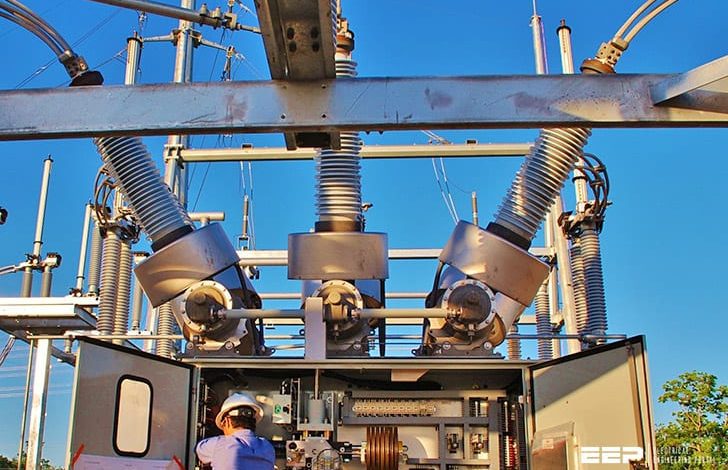THE IMPORTANCE OF MAINTAINING ELECTRICAL SUBSTATIONS

Electrical substations convert power from thousands of volts to manageable levels. Once the transformation occurs, the electricity can be safely channeled into homes, buildings, and other structures. To supply the proper voltage, this installation needs to achieve a perfect interaction with all its components, especially with transformers, circuit breakers, and protection relays. Testing these elements is an essential practice to ensure proper operation.
The maintenance of electrical substations allows the service to be interrupted as little as possible. Its main objective is that they only stop operating in a planned manner to implement a preventive maintenance and cleaning program. If not, unscheduled shutdowns, costly repairs, and unplanned staffing will begin to negatively impact a company’s finances and operations.
A variety of problems can affect the performance and reliability of a substation. Detecting potential faults can reduce the cost and difficulty of repairs.
Documentation and analysis
Information collected during each maintenance session is documented for an accurate understanding of system status. Later, these reports allow recognition long-term failures and opportunities for improvement.
Technicians evaluate substation components for moisture buildup, acidity, and solid particles. These contaminants usually have a negative impact on the operation of the electrical infrastructure.
Of course, all these works are carried out with all security measures.
Maintenance
Many of the programs used by the electricity generation and distribution industry have become obsolete in recent times. For this reason, it is necessary, for example, to clean the high voltage insulator
Since most transformers have been in operation for several decades, changing their paint to protect the coating from corrosion is a very important task. This prevents further damage and extends its lifespan. Painting work at a substation also helps maintain other structures.
Substations must also receive periodic upgrades to meet a possible increase in demand. If these are not planned, too much electricity could be moving through the system, compromising equipment, causing blackouts and reducing reliability.
If the problem persists, the facility would be forced to respond to overloads with a technique known as load shedding or by cutting off a group of users on a distribution circuit to lower power to a level within the capacity of the substation. The enhancements alleviate the need for the above and allow for increased demand to be accommodated.
Generally, an electrical substation maintenance program is made up of:
- Tests and calibration.
- Inspection
- Settings
- Cleaning
- Repairs
- Analysis of insulating liquids.
A report listing deficiencies found and recommended repairs is also usually included. The information collected is stored for future reference and is used to monitor the electrical performance of the system from year to year.
Phases
Generally, electrical substation maintenance is divided into primary and secondary tests:
Primary electrical substations maintenance tests
Transformers and circuit breakers are some of the most important components in an electrical substation. With time and continuous operation, these begin to wear out, which can only be prevented with maintenance.
Circuit breakers are tested during this phase to identify any possible abnormal operation. If any are found, these are subjected to preventive maintenance.
Some of the parameters that are reviewed include pole synchronism, coil condition, contact resistance, opening and closing time, etc.
Transformers testing is also carried out. Because these machines experience tremendous thermal and other stress, routine maintenance is required to ensure proper performance. This includes winding resistance and voltage recovery tests, polarization index observation, and short-circuit impedance measurement.
Secondary electrical substations maintenance tests
These are done to ensure that the protection scheme provides the expected level of performance. Injection tests are carried out at intervals to evaluate relays, windings, protection panels, and secondary equipment performance.
They may also include tests for overcurrent, distance, frequency and voltage protections, reclosing schemes, etc. This is apart from tests on the winding, load, polarity, and protection and control circuits.
State-of-the-art equipment allows evaluations, calibrations, adjustments and cleaning where necessary. As part of electrical substation maintenance, they can identify inefficiently or failed parts that require replacement through on-site repairs.
Each device in a substation requires different strategies. Implementing the right actions at the right time will define the procedures to follow, based on conditions, reliability, and timing.
A good plan of this nature ensures reliable distribution and reduction of failures. Many of these can be detected during routine maintenance, reducing the risk of downtime and preventing future problems.





